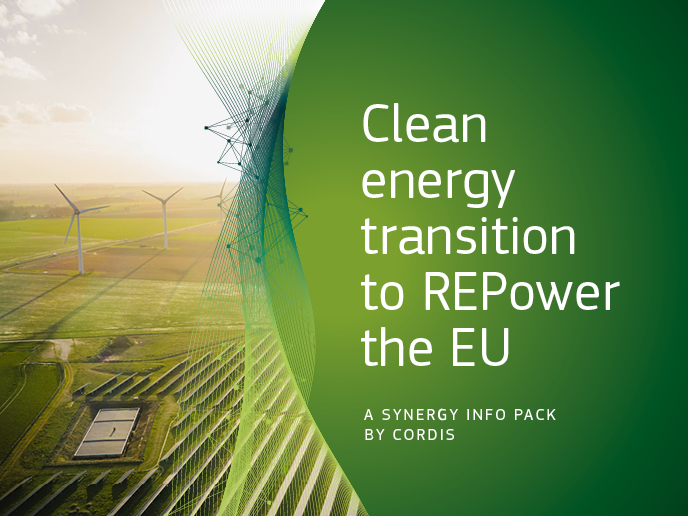Focus on pellet supply chain
Biomass pellet production and consumption have soared over the past several years. It is no surprise that the buzz surrounding safety issues in the manufacturing, handling and storage of wood pellets has become louder. So loud, that the EU issued a mandate to the European Committee for Standardization (CEN) to develop standards for components of commercial, industrial and small-scale applications. Wood pellets are currently used as solid biofuel in power plants, district heating facilities, and single-household boilers and stoves. The EU-funded SAFEPELLETS(opens in new window) (Safety and quality assurance measures along the pellets supply chain) project developed guidelines that will form the basis for European standards related to pellet quality assurance along the entire supply chain. The topics handled by SAFEPELLETS included safe production, handling and storage of pellets from different sources. The solutions developed help ensure consumer protection by preventative measures to avoid off-gassing of toxic substances during storage. Furthermore, project partners dealt with the problem of self-heating and spontaneous ignition of stored pellets. A project report outlines some of the inherent risks involved in working with pellets, specifically those related to production, storage, transport and handling issues. With respect to storage, most research was carried out for small-scale users. Large pellet storage facilities are usually equipped with temperature and carbon monoxide detectors to locate self-heating processes and fires. The SAFEPELLETS project report outlines the current standards and guidelines governing pellet safety. More importantly, it identifies problem areas that are not covered by existing standards. By aiming to address knowledge gaps, SAFEPELLETS work has laid the groundwork for increased consumer confidence and for stronger European supply chains in the pellet biomass sector.







